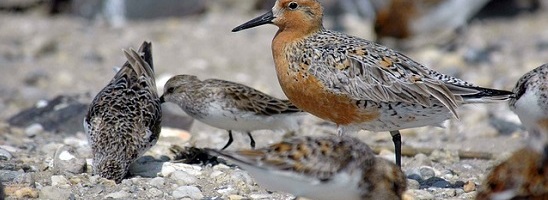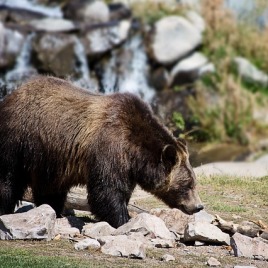
(Pixabay/CC0)
Endangered rufa red knots – which make one of the world’s longest migrations, from southern South America to the Arctic – are more likely to leave for breeding grounds earlier, arrive sooner and breed successfully if they start out their summer migration on a full stomach. Using innovative radio tracking, researchers observed a group of red knots over a period of three years. They found that birds with higher relative body condition (i.e. higher mass relative to body size) could leave their wintering grounds later and still arrive at the breeding grounds earlier, thanks to choosing more supportive winds, higher flying speed and shorter stopovers en route to the destination. Birds with lower body condition were also less likely to be observed the following fall, suggesting a higher mortality risk. These findings could help the conservation of this endangered species, and further inform conservation strategies for other migratory birds.
Authors:
Sjoerd Duijns, Lawrence J. Niles, Amanda Dey, Yves Aubry, Christian Friis, Stephanie Koch, Alexandra M. Anderson, Paul A. Smith
Corresponding author:
Sjoerd Duijns, Department of Biology, Carleton University; Wildlife Research Division, Environment and Climate Change Canada; Email: duijns.sjoerd@gmail.com
Original paper published in Proceedings of Royal Society B: Biological Sciences on November 1, 2017.

